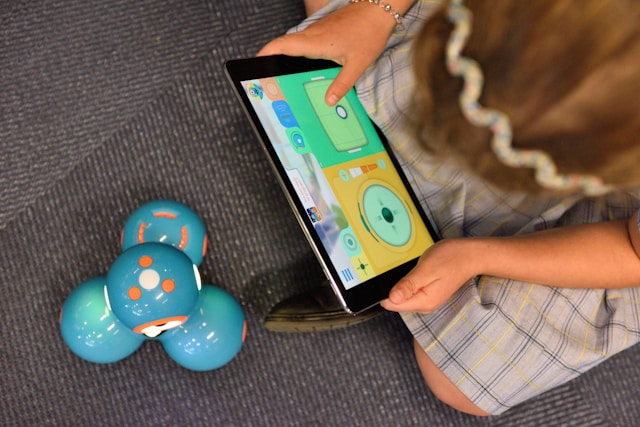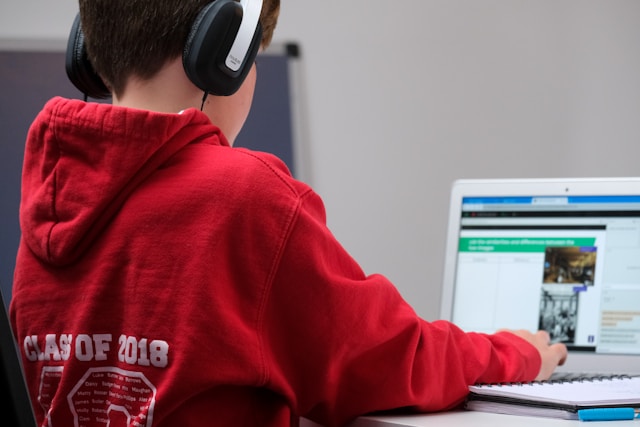
Parenting is no longer just about bedtime stories and trips to the park. In today’s world, technology is shaping how children learn, grow, and play. One of the latest innovations in this tech-driven transformation is the robot pet for kids. These interactive toys are not just for fun — they’re changing the way kids connect with their world and even with themselves. But are robot pets for kids really the future of parenting? Let’s dig into what makes these toys stand out and how they’re transforming childhood.
In the past, parenting meant managing a balance between school, chores, and outdoor play. Today, technology has reshaped that balance. Parents are embracing the convenience of tech tools that can educate, entertain, and even assist with emotional growth. Interactive robot pets fit perfectly into this new era. Unlike traditional toys, they offer engaging experiences that interact with children on a deeper level, making them more than just playthings.
Robot pets for toddlers and children of all ages mimic real animals in a way that other toys simply can’t. They respond to sounds, movements, and even touch, creating a sense of companionship that feels real. But beyond being cute and interactive, AI-powered pet robots teach kids important life skills — all while remaining easy to care for, unlike their real-life counterparts.
It’s tempting to dismiss robotic animals for kids as just another tech gimmick, but that would be shortsighted. These toys have real benefits for kids’ emotional and cognitive development. For starters, they help children build empathy and social skills. As kids interact with their smart robot pets, they learn to care for them — feeding, grooming, and even comforting them when they “feel sad.”
This process mirrors the responsibilities that come with caring for a real pet, but without the stress and mess of live animals. For many children, educational robot pets provide the same emotional rewards as a real pet, but in a more controlled, low-maintenance way.
More importantly, for children with special needs, toy robots for kids can be a game-changer. They provide a source of comfort and companionship without the complexities of traditional pet ownership. Robot pets for children have been shown to help kids with autism or anxiety form connections and regulate emotions, making them an invaluable tool for parents and educators alike.
So, how do robot pets for kids compare to traditional pets? There’s no denying the special bond children form with their real pets. Caring for a dog, cat, or hamster teaches responsibility in a very tangible way. However, it also comes with challenges that not every family is ready to face — feeding, cleaning, and vet visits can be a lot for a child (and their parents) to handle.
Robot pets for children, on the other hand, offer a stress-free alternative. They can be just as interactive and responsive, but without the upkeep. Kids can experience the joys of having a companion, but without the burden of actual care. While this might sound like an easy way out, it’s important to remember that interactive robot pets still require emotional investment and attention. They teach kids responsibility in a manageable way, making them a great option for families who may not be ready for the full responsibility of a live animal.
Yet, while they offer many benefits, robotic animals for kids can’t fully replace the lessons learned through caring for a real animal. They provide a different kind of companionship — one that’s more controlled and limited. But for many families, especially those with young kids, this may be the perfect introduction to the concept of responsibility and care.
Unlike traditional toys, robot pets for kids are built with technology that makes them much more engaging. They can “feel” emotions, respond to actions, and even adapt to their owner’s behavior. This level of interactivity is what sets them apart. For example, some AI-powered pet robots react to touch, voice commands, and even emotions, making them feel more like real animals.
What’s even more fascinating is that many child-friendly robot pets can grow and develop along with your child. Some can learn new tricks as kids play with them, while others allow customization, letting kids program or modify their pet’s behavior. This level of engagement isn’t just fun — it’s educational. Children learn about cause and effect, problem-solving, and even basic coding as they interact with their smart robot pets.
The customizable nature of these pets also offers a unique experience. Kids aren’t just playing with a toy — they’re building a relationship with it, tailoring it to their needs and interests. This can lead to deeper engagement and a stronger emotional connection.
Looking ahead, robot pets for kids could become an essential part of children’s education. As the world moves towards more tech-savvy classrooms, these toys might be integrated into school environments to help teach everything from social skills to STEM concepts. Kids could program their robot pets for children to solve problems, teach them empathy, or even use them to improve teamwork and cooperation.
For example, a classroom might use robotic animals for kids to simulate real-world scenarios where kids need to work together to solve problems or help a pet in distress. This type of interactive learning fosters creativity, teamwork, and empathy — skills that are becoming increasingly important in today’s fast-paced world.
Robot pets for kids are more than just another tech trend — they’re shaping the future of childhood. These innovative toys offer kids a chance to learn, grow, and build relationships in a way that traditional toys never could. While they won’t replace the value of real pets, they offer a unique alternative that is both educational and entertaining.
As technology continues to evolve, interactive robot pets will likely become a staple in many homes, schools, and even therapy centers. They’re already proving to be invaluable tools in helping kids develop emotionally, socially, and even intellectually. In the end, robot pets for kids are not just toys — they’re companions that teach kids important life lessons, all while preparing them for a future that is increasingly digital and connected.


